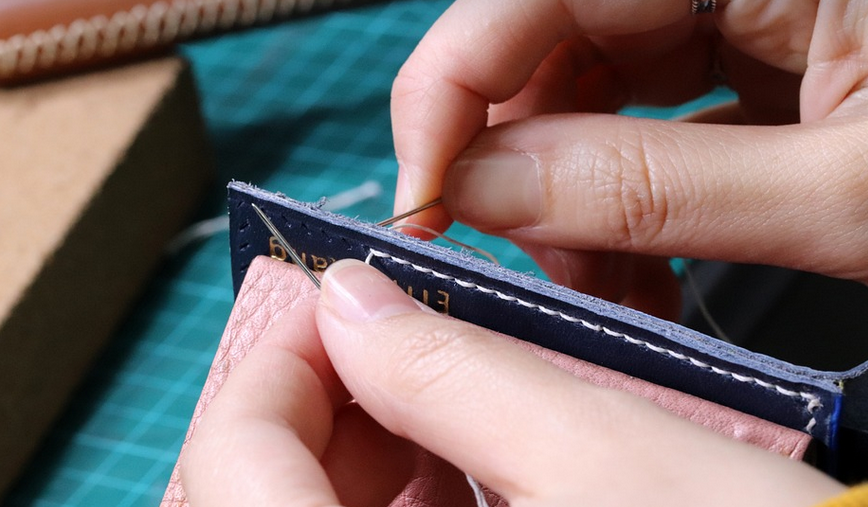A Guide to Keeping You Secure on the Wall
When it comes to climbing, safety is paramount. From seasoned veterans to beginners taking their first steps into the world of rock and ice, one piece of gear that demands constant attention is your harness. A good harness should be more than just a comfortable seat; it’s a lifeline in case of a fall. That’s why knowing when to replace your climbing harness is crucial for maintaining optimal safety and performance.
So, how often should you replace your harness? This depends on several factors, each affecting the overall lifespan and functionality of your gear.
One of the primary considerations is wear and tear. Frequent use can lead to natural wear on webbing, buckles, leg loops, and even stitching. Over time, these components can weaken or fray, impacting the harness’s ability to secure you correctly in case of a fall.
Think about your climbing experience: how often do you go out? How physically demanding are the climbs you undertake? Regularly used harnesses will show wear faster than those that see less action.
Beyond physical wear and tear, consider environmental factors. Exposure to elements like moisture, sun, and even extreme temperatures can accelerate deterioration. For instance, prolonged exposure to harsh sunlight may cause webbing to fade or stretch, impacting the harness’s ability to keep you secure.
Finally, don’t underestimate the importance of manufacturer recommendations. Each brand has a specific lifespan for their harnesses. For example, some might advise replacing them after 10 years or 500 climbs, while others may recommend a shorter timeframe based on individual usage and environment.
Understanding these factors helps you choose the right time for replacement. It’s not just about how long your harness has been in use; it’s also about understanding its overall condition.
While replacing your harness after 10 years might be a common suggestion, don’t blindly follow outdated information. Modern advancements have led to more durable and reliable harnesses. The manufacturing process now prioritizes safety and longevity, resulting in longer-lasting gear that can withstand many climbs.
Before you throw your old harness away, consider the following:
- Check for damage: Carefully inspect your harness for any signs of wear and tear. This includes frayed webbing, broken buckles, loose stitching, or compromised leg loops.
- Visually assess the harness: Look for fading due to sun exposure or discoloration from other environmental factors like moisture.
- Test its functionality: Try on the harness and give it a tug test. Does the buckle feel secure? Do the leg loops hold their shape well? These simple checks can reveal hidden issues before your climb.
If you notice any of these signs, replacing your harness is essential for ensuring a safe and enjoyable climbing experience.
Remember, your safety on the rock wall or ice wall should never be compromised. Invest in quality gear and ensure proper maintenance to maximize its lifespan and keep you secure throughout every climb!
